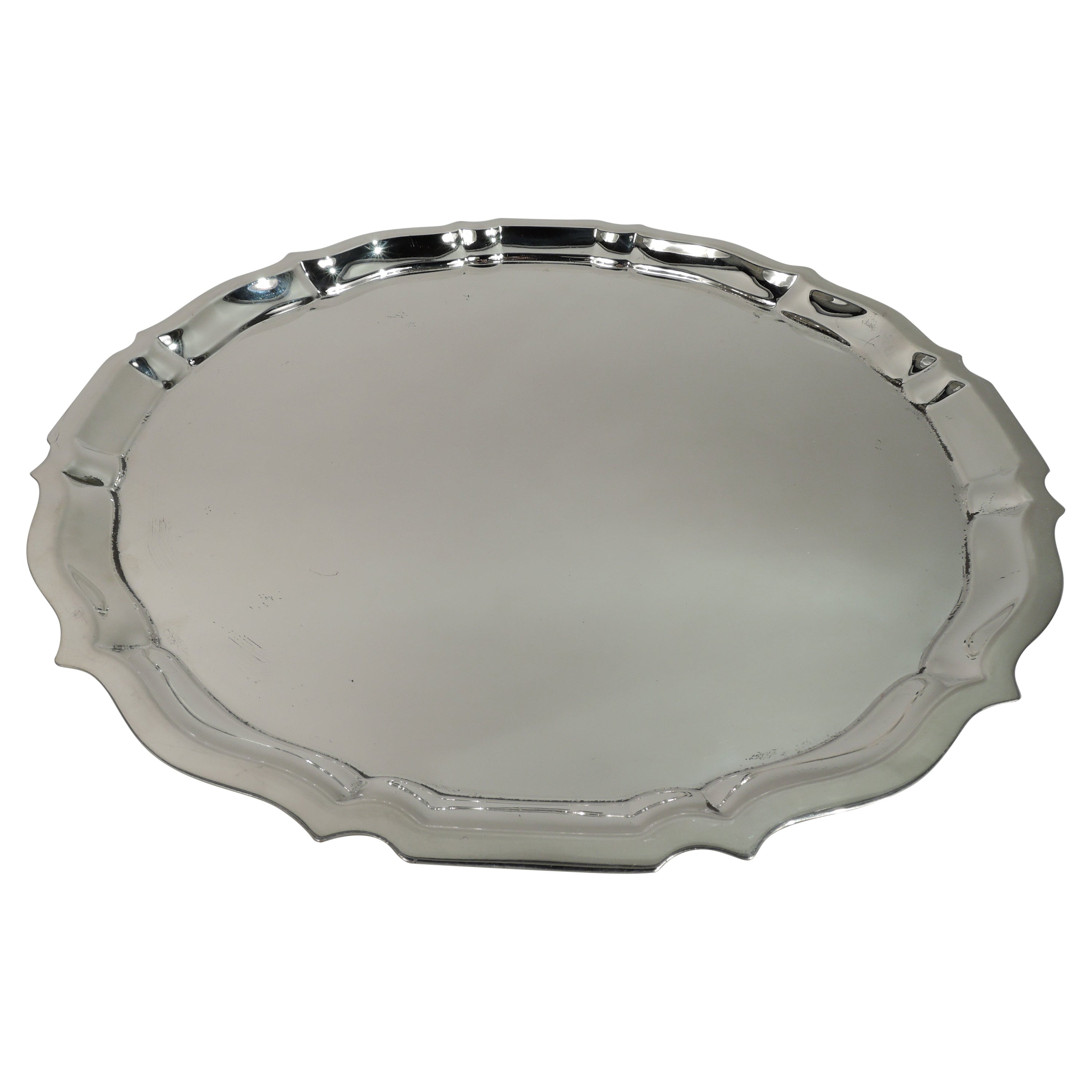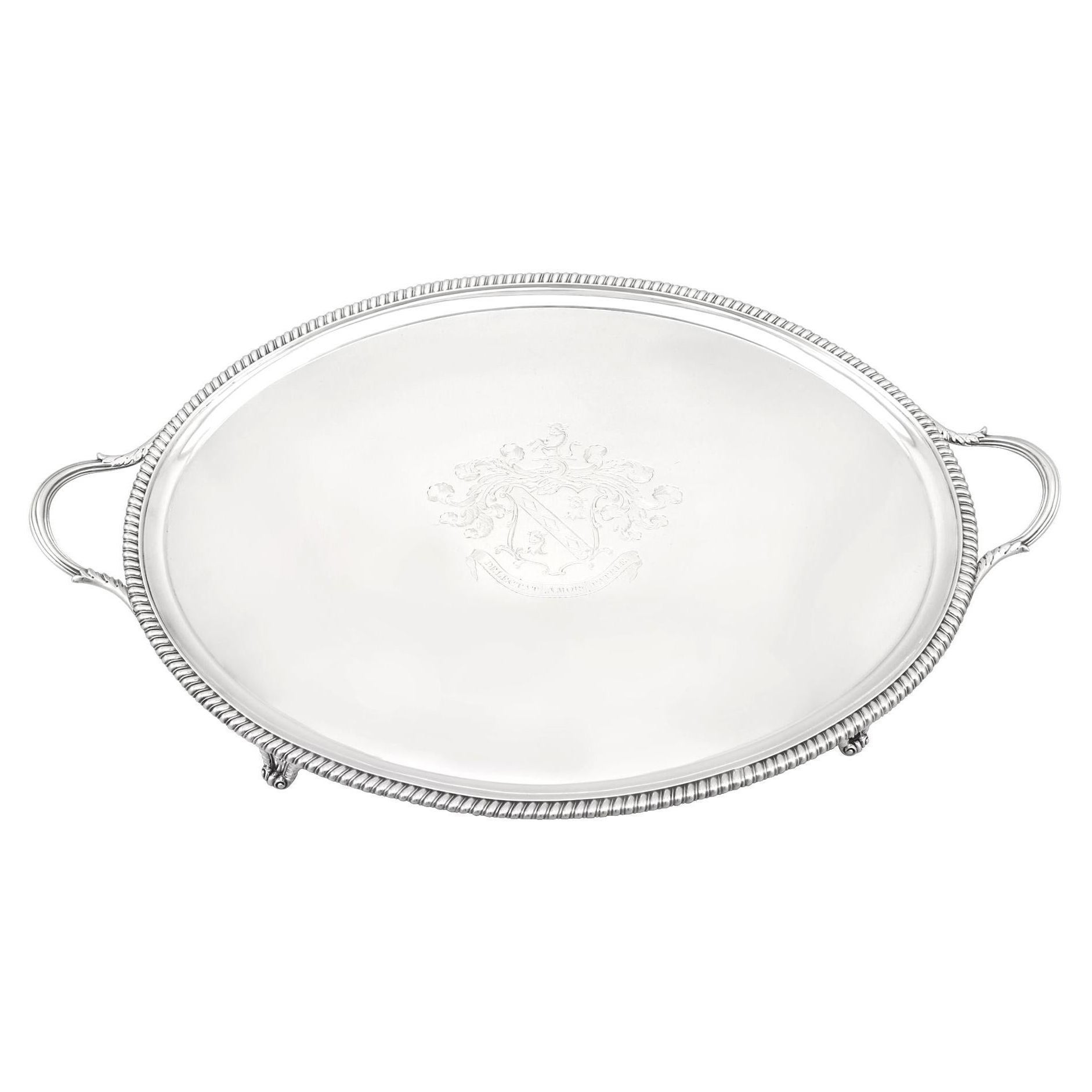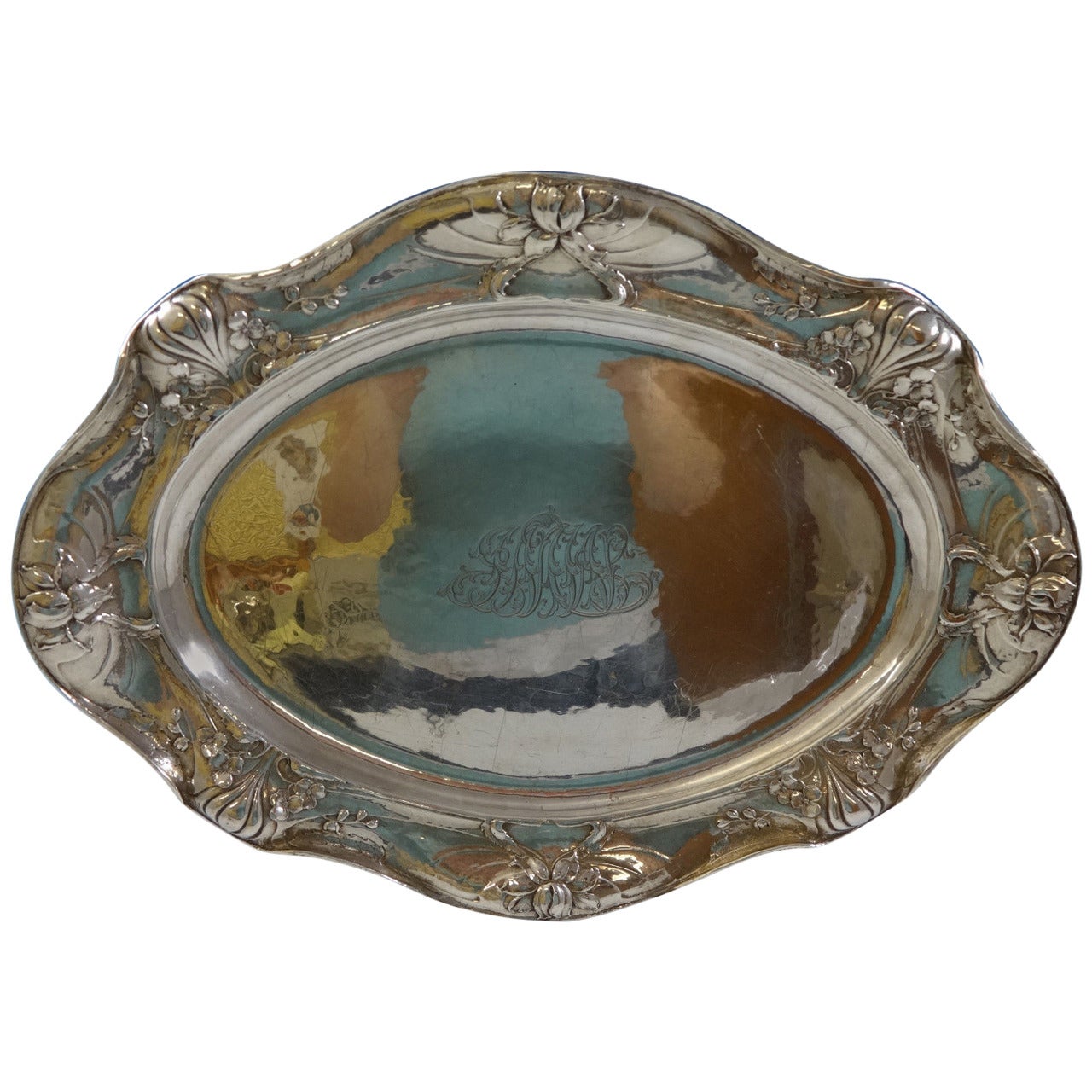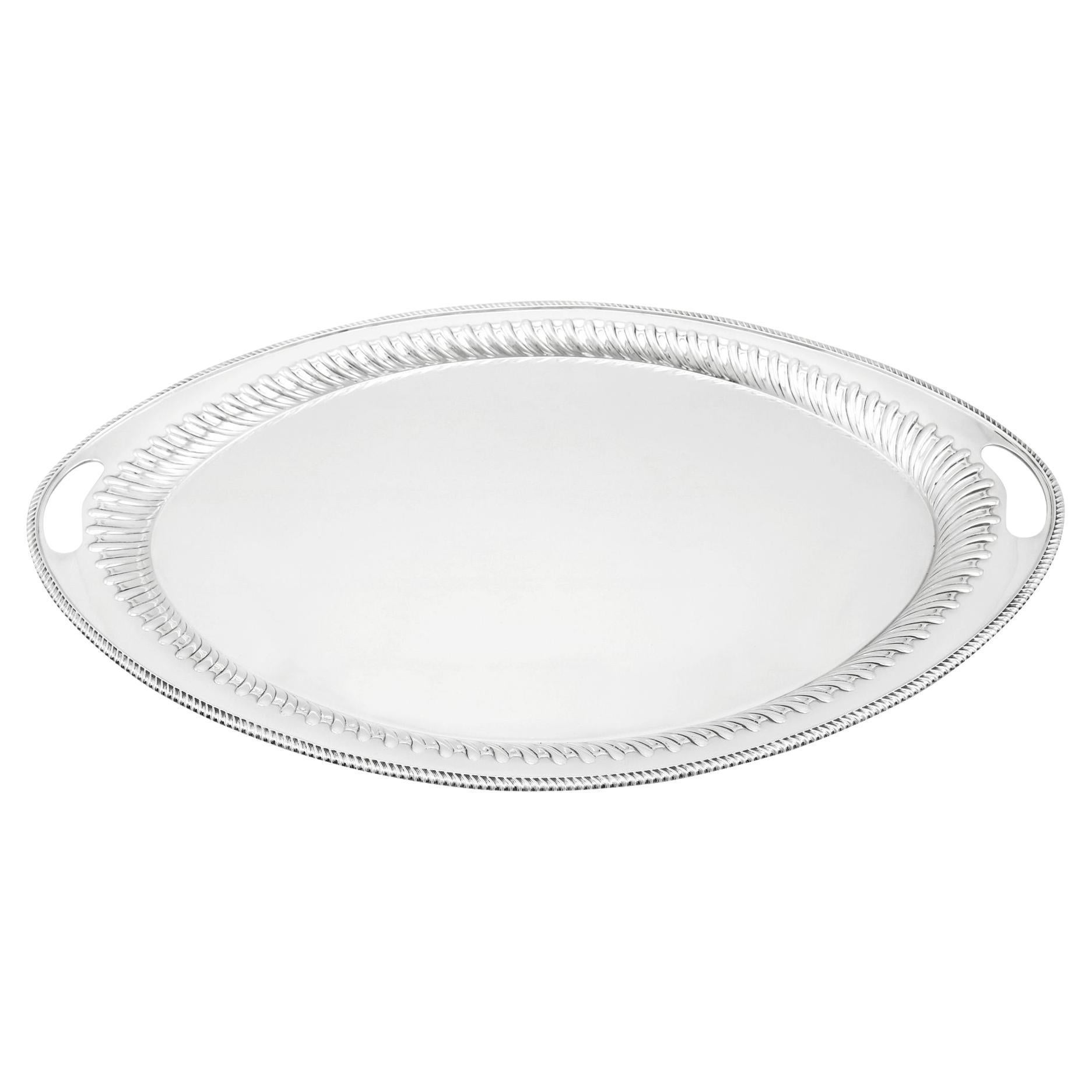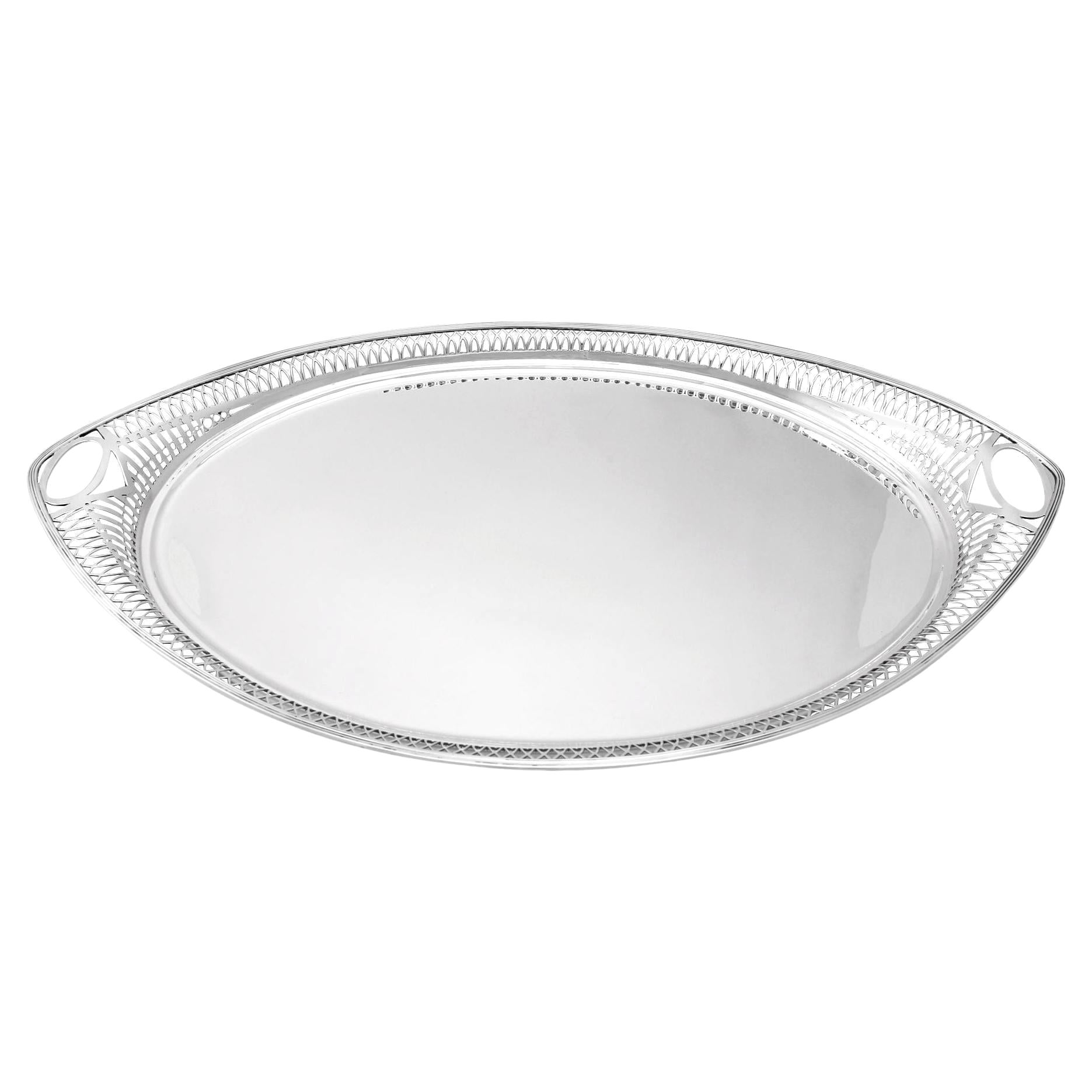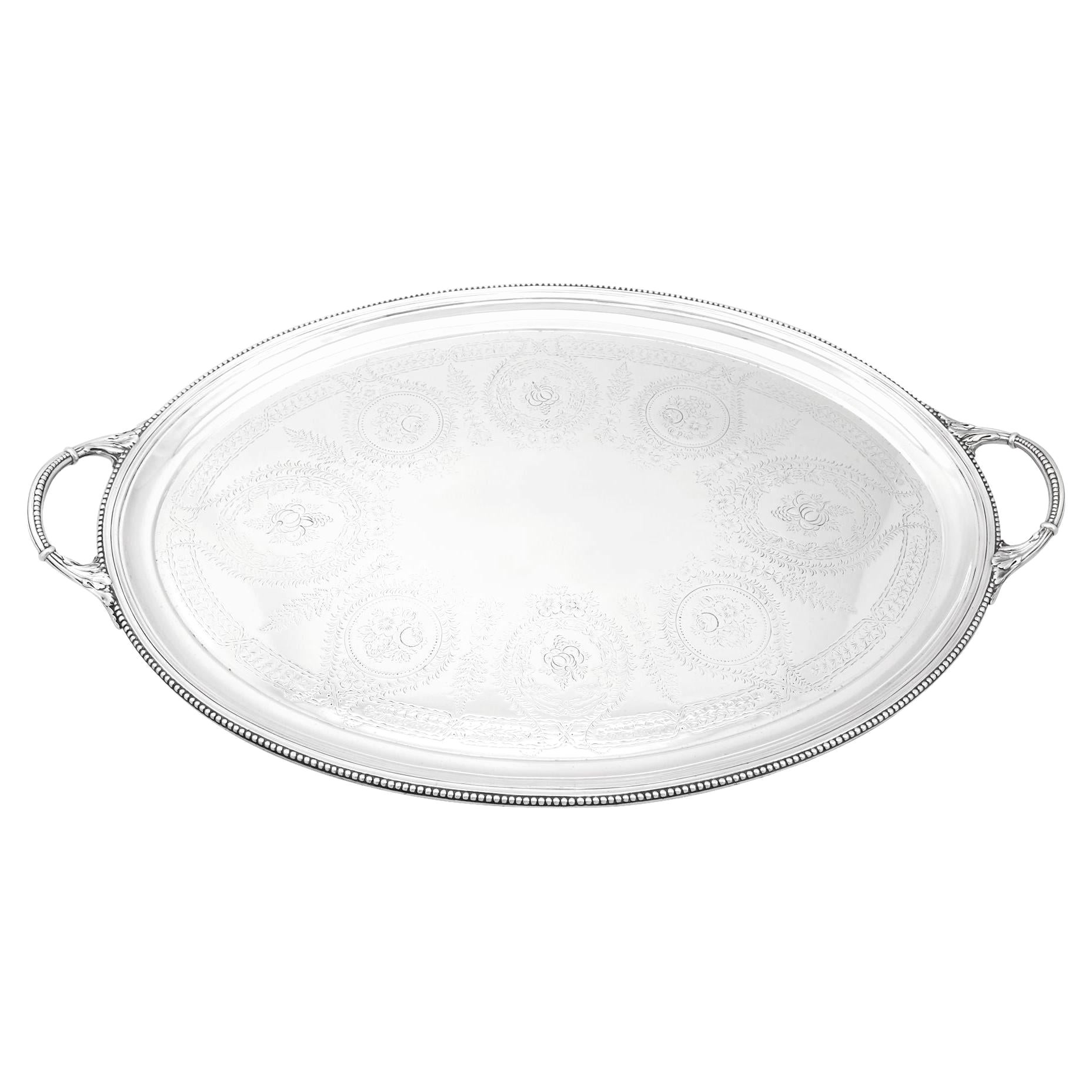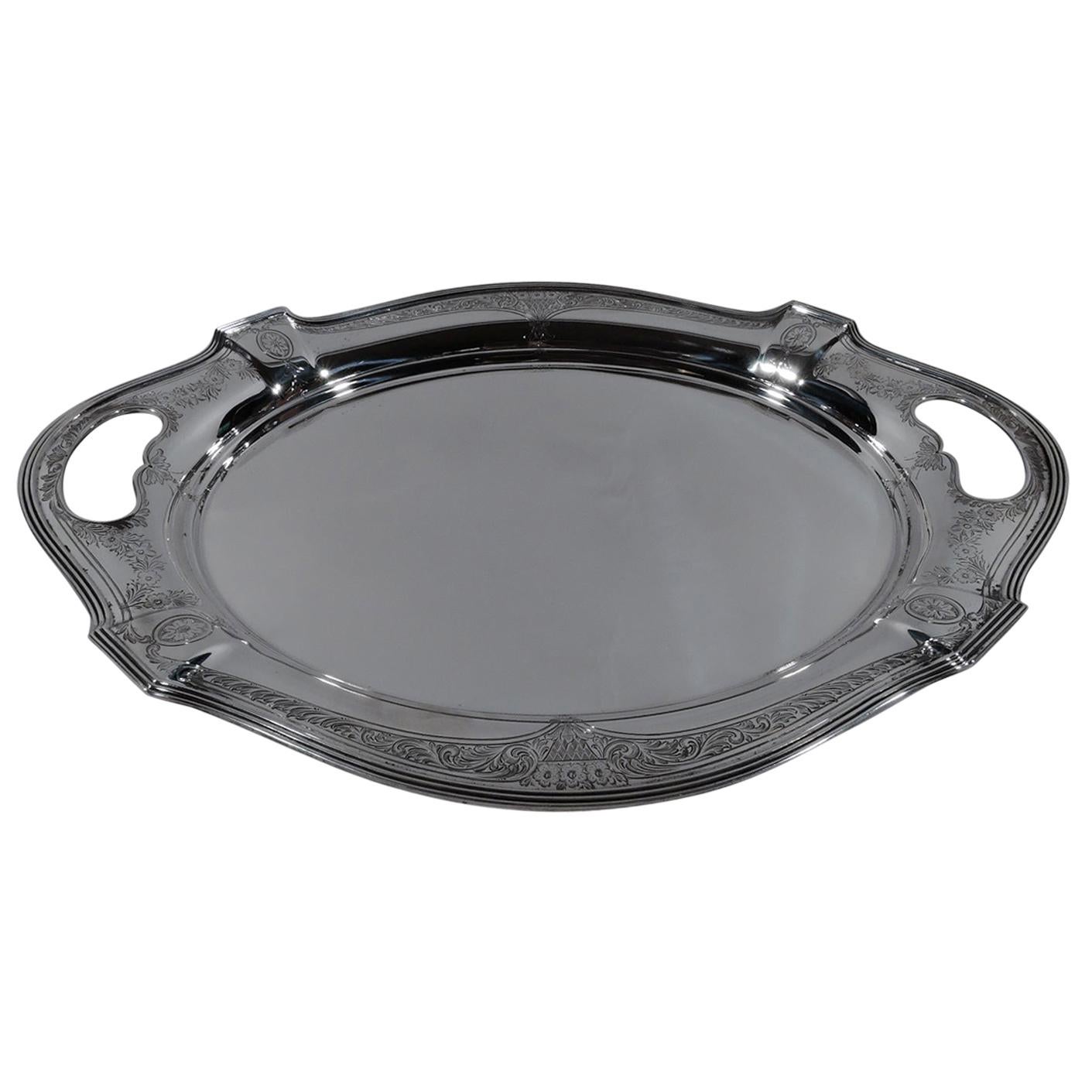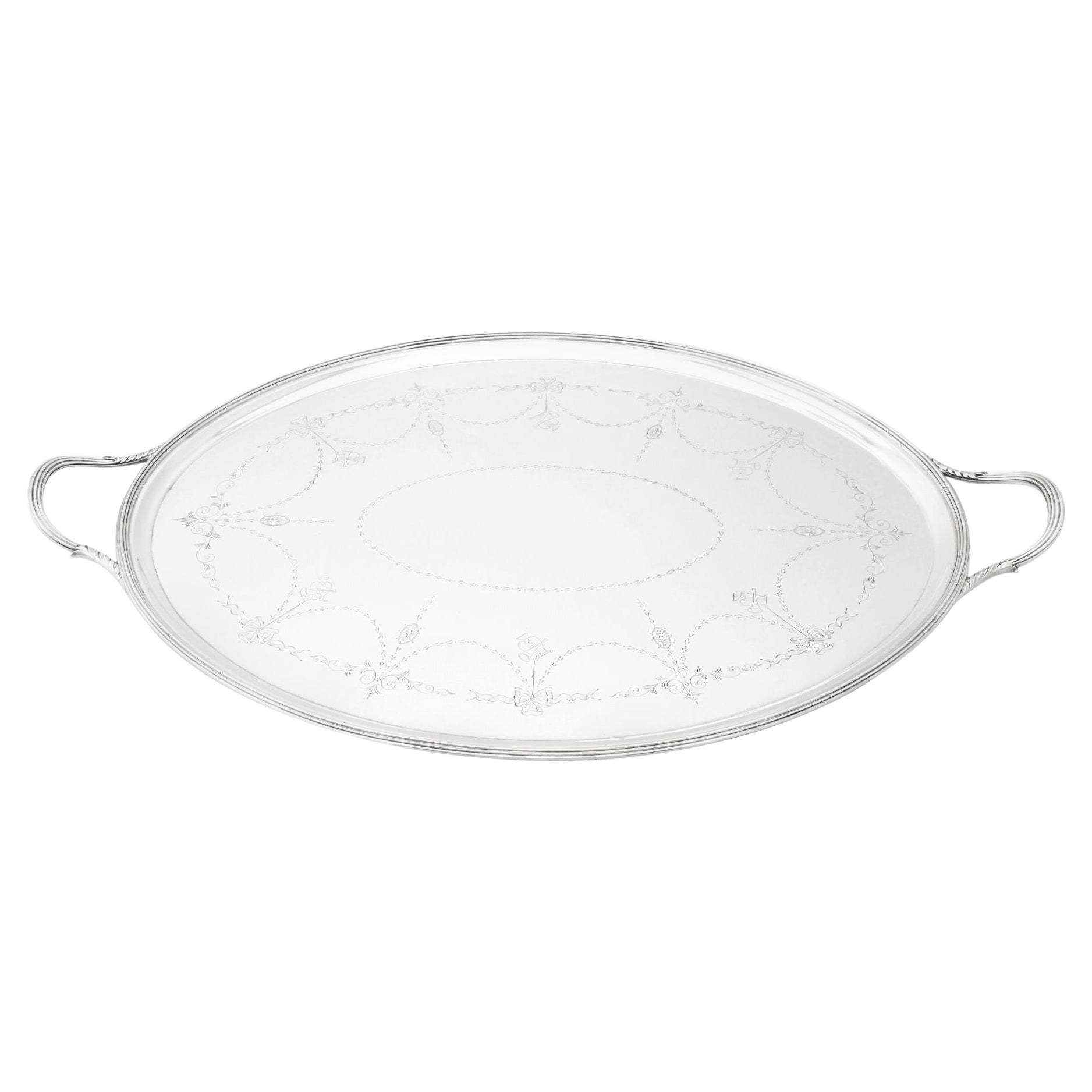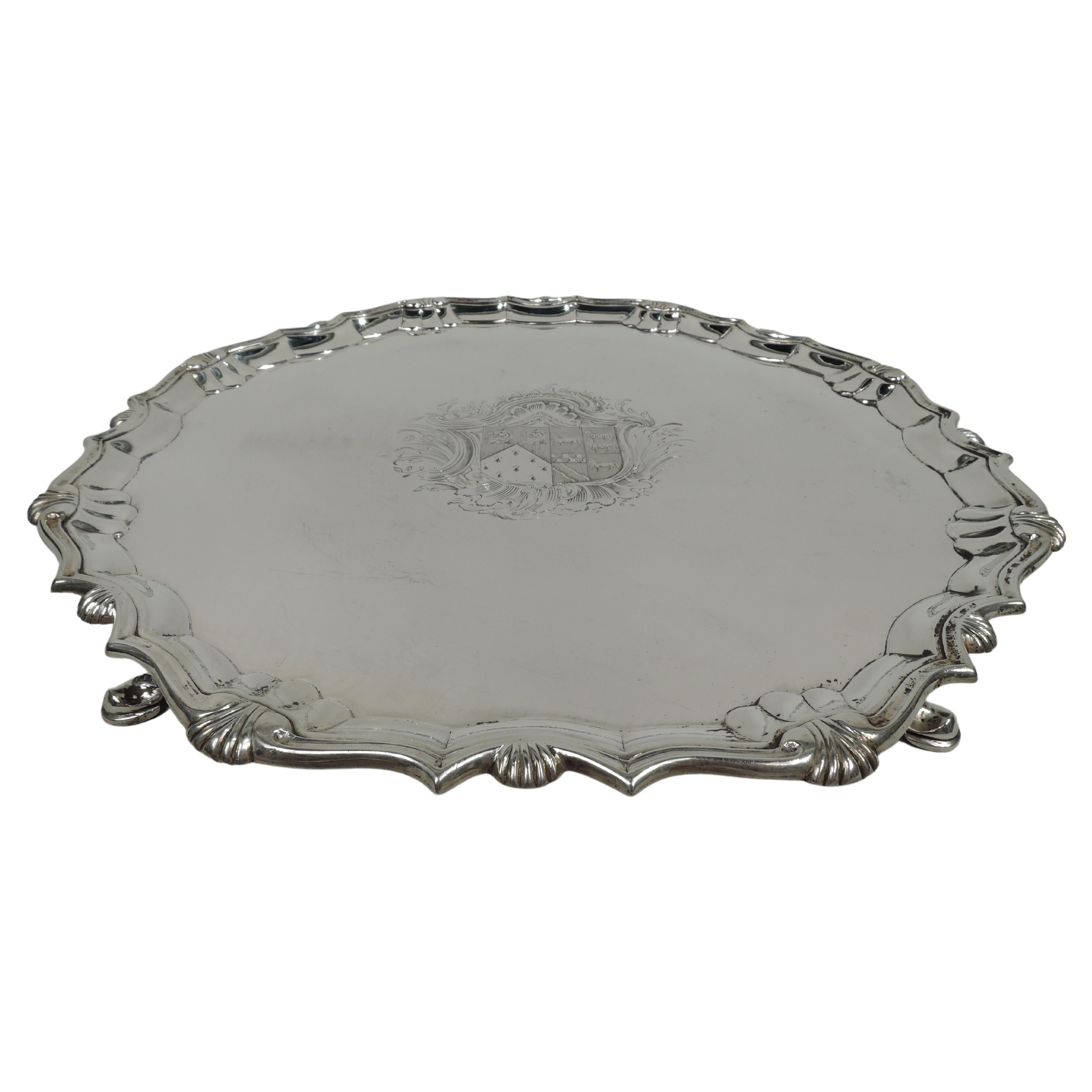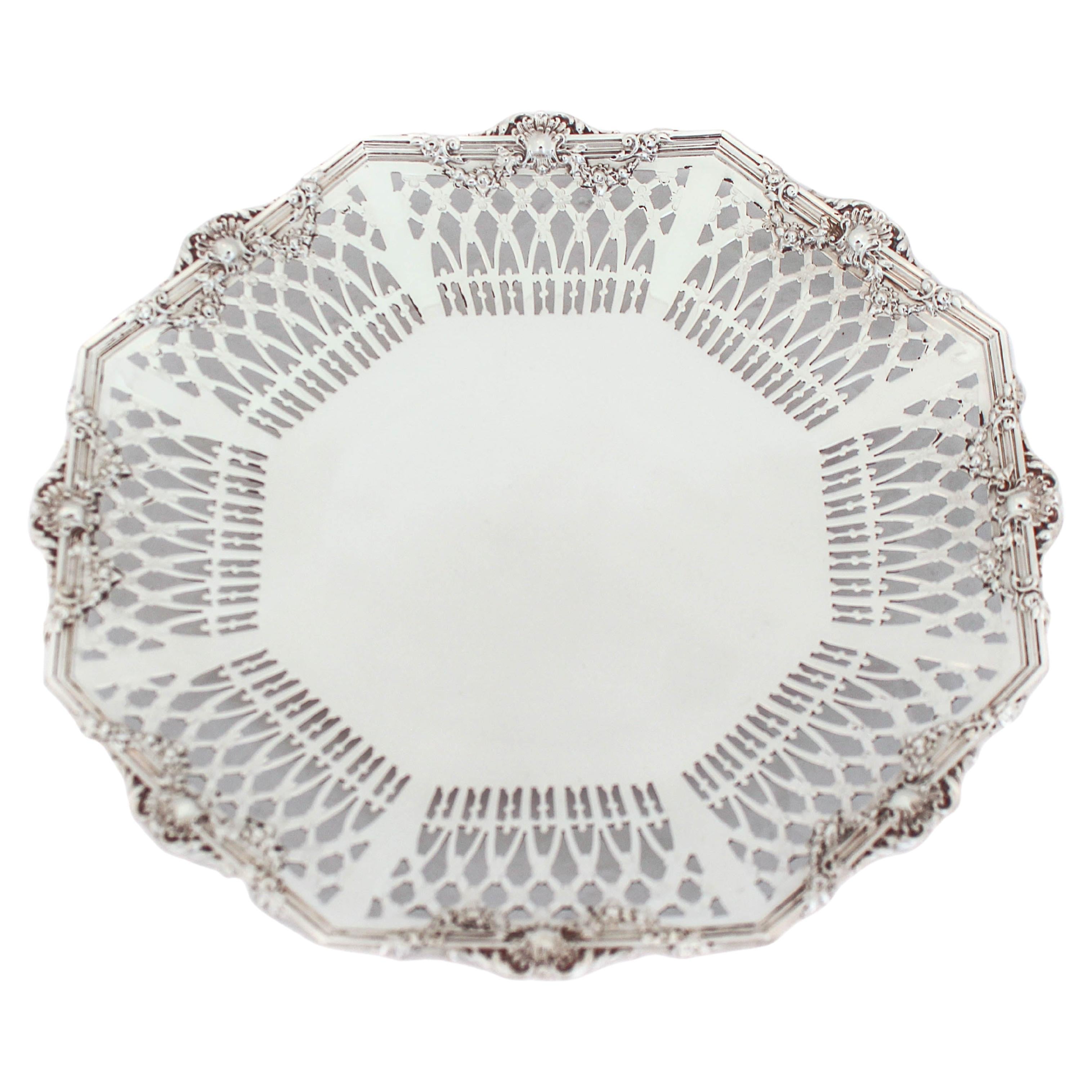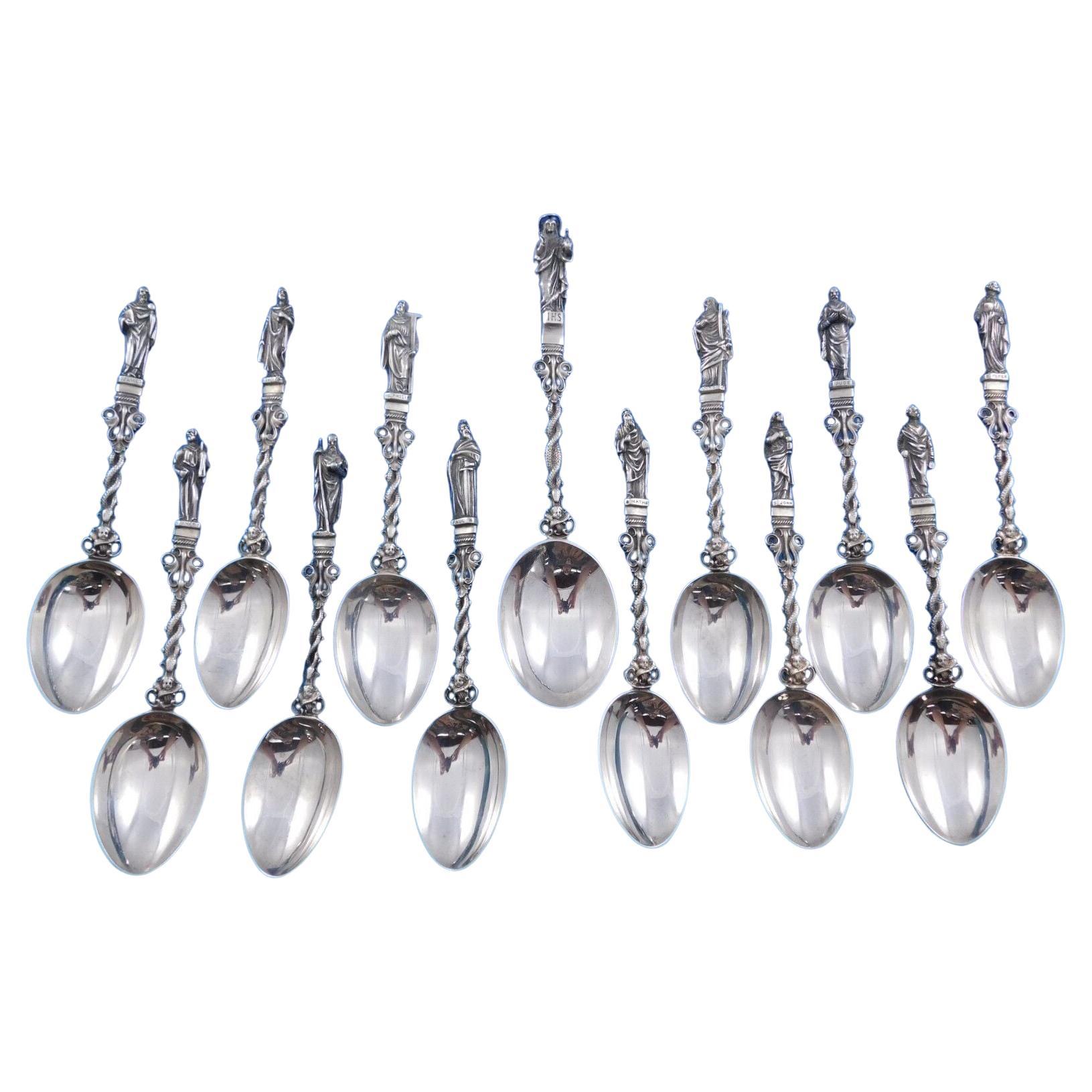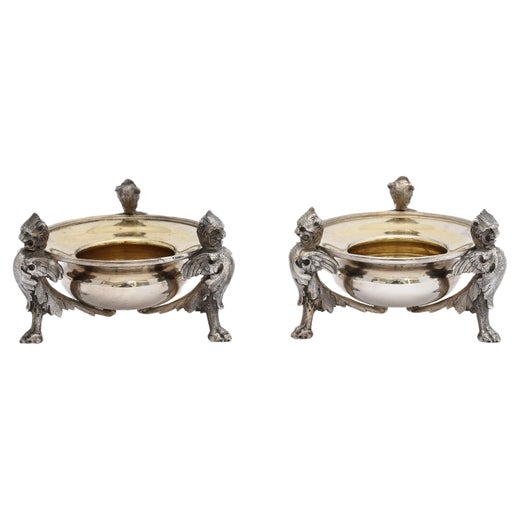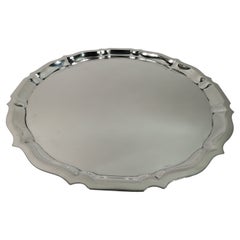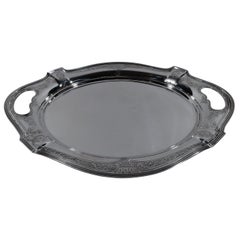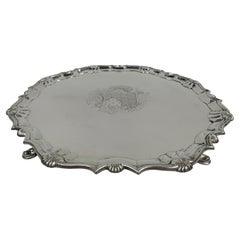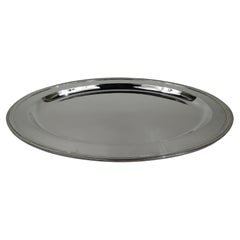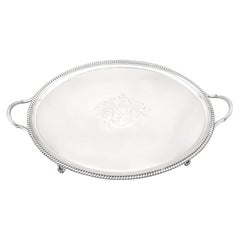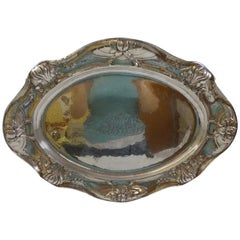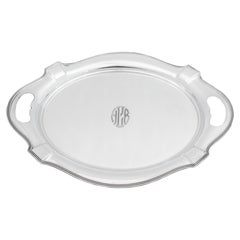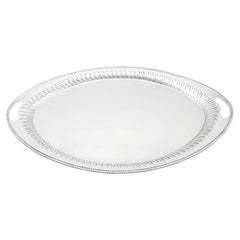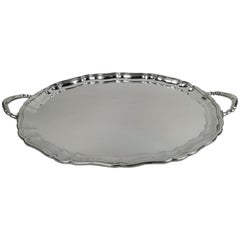
Large and Old-Fashioned Sterling Silver Tea Tray by Cartier
View Similar Items
Large and Old-Fashioned Sterling Silver Tea Tray by Cartier
About the Item
- Creator:Gorham Manufacturing Company (Maker),Cartier (Retailer)
- Dimensions:Height: 2 in (5.08 cm)Width: 29 in (73.66 cm)Depth: 18 in (45.72 cm)
- Style:Georgian (In the Style Of)
- Materials and Techniques:
- Place of Origin:
- Period:
- Date of Manufacture:1954
- Condition:
- Seller Location:New York, NY
- Reference Number:Seller: BR8351stDibs: LU898026774462
Cartier
For its extraordinary range of bracelets, watches, rings and other adornments, French luxury house Cartier is undeniably one of the most well known and internationally revered jewelers in the world among clients both existing and aspirational.
Perhaps 1847 was not the ideal time to open a new watchmaking and jewelry business, as the French Revolution was not kind to the aristocracy who could afford such luxuries. Nevertheless, it was the year Louis-François Cartier (1819–1904) — who was born into poverty — founded his eponymous empire, assuming control of the workshop of watchmaker Adolphe Picard, under whom he had previously been employed as an assistant. Of course, in the beginning, it was a relatively modest affair, but by the late 1850s, Cartier had its first royal client, Princess Mathilde Bonaparte, niece of Napoleon Bonaparte, who commissioned the jeweler to design brooches, earrings and other accessories.
Under the leadership of Louis-François’s son, Alfred, who took over in 1874, business boomed. Royalty around the world wore Cartier pieces, including Tsar Nicholas II of Russia, the Maharaja of Patiala and King Edward VII, who had 27 tiaras made by the jewelry house for his coronation in 1902 and issued Cartier a royal warrant in 1904. (Today, the British royal family still dons Cartier pieces; Kate Middleton, Duchess of Cambridge, regularly sports a Ballon Bleu de Cartier watch.)
Cartier’s golden years, however, began when Alfred introduced his three sons, Louis, Pierre and Jacques, to the business. The brothers expanded Cartier globally: Louis reigned in Paris, Pierre in New York and Jacques in London, ensuring their brand’s consistency at their branches across the world. The trio also brought in such talents as Charles Jacqueau and Jeanne Toussaint.
One of Cartier’s earliest major successes was the Santos de Cartier watch — one of the world's first modern wristwatches for men. (Previously, a large number of people were using only pocket watches.) Louis designed the timepiece in 1904 for his friend, popular Brazilian aviator Alberto Santos-Dumont, who wanted to be able to check the time more easily while flying.
Cartier’s other famous timepieces include the Tank watch, which was inspired by the linear form of military tanks during World War I, and the so-called mystery clocks. Invented by watchmaker and magician Jean-Eugène Robert-Houdin and later crafted exclusively for Cartier in the house’s workshop by watchmaker Maurice Couët, the mystery clocks were so named because the integration of glass dials on which the clocks’ hands would seemingly float as well as structures that are hidden away within the base give the illusion that they operate without machinery.
On the jewelry side of the business, Cartier’s internationally renowned offerings include the Tutti Frutti collection, which featured colorful carved gemstones inspired by Jacques’s trip to India and grew in popularity during the Art Deco years; the panthère motif, which has been incorporated into everything from brooches to rings; and the Love bracelet, a minimal, modernist locking bangle inspired by medieval chastity belts that transformed fine jewelry.
While the Cartier family sold the business following the death of Pierre in 1964, the brand continues to innovate today, renewing old hits and creating new masterpieces.
Find contemporary and vintage Cartier watches, engagement rings, necklaces and other accessories on 1stDibs.
Gorham Manufacturing Company
For nearly 160 years, the Gorham Manufacturing Company turned out a wide range of beautiful silver flatware, tea sets, serving bowls and other silver pieces, indelibly influencing the field of decorative arts in ways that still resonate.
When silversmiths Jabez Gorham and Henry Webster started making coin silver teaspoons and jewelry out of a small workshop in Providence, Rhode Island, in 1831, the pair likely had no idea that their modest operation would one day become the largest silver manufacturer in the world.
While some name changes and personnel shifts preceded the foundry officially being established as Gorham Manufacturing Company decades later, growth of the business between its early days and the mid–19th century can largely be attributed to the work of Jabez’s son John, who assumed control of Gorham in the 1840s.
John Gorham introduced steam power at the manufactory. He entered into a partnership with Michael Gibney, the first American silversmith to register a design patent for a flatware pattern. Gorham wanted to expand the business, seeking to produce forks and spoons adorned with decorative flourishes adapted from British patterns. The company hammered out the silver flatware, which it sent to Gibney in New York to apply decorative patterns before returning to Gorham. Consequently, Gorham found Gibney’s work unsatisfactory, and he purchased his own rolling press to do the work himself.
The partnership between John and Michael soured but the company thrived. Sales grew to more than $20,000 per year, and the staff of silversmiths expanded. To keep up with demand, Gorham had to retire its horse-powered rolling press and import a steam-powered drop press from England — the first used in the United States. Designs created at Gorham drew on natural-world motifs as well as artistic traditions from all over the world — alongside its tableware, the company would soon be producing cups and pitchers adorned with polar bears and forest creatures, while tea services and other serving pieces were crafted in a range of styles that included Art Nouveau, Egyptian Revival and Rococo.
Around 1860, Gorham delved into bronze casting. When it opened a division dedicated to bronze work, Gorham collaborated with sculptors such as Daniel Chester French, Anna Hyatt Huntington and Alexander P. Proctor.
By the 1920s, Gorham had employed thousands of workers and had partnered with Danish modernist silversmith Erik Magnussen. However, the Great Depression ground production to a halt. The company was sold to Textron, Inc. in the late 1960s and it changed hands several times before it sold to Department 56 in 2005.
Today, the work of Gorham Manufacturing Company continues to be exhibited in galleries and museums. The RISD Museum in Providence houses a collection of nearly 5,000 works.
On 1stDibs, find a range of antique Gorham Manufacturing Company serveware and decorative objects.
More From This Seller
View AllVintage 1940s American Georgian Sterling Silver
Sterling Silver
Vintage 1910s American Edwardian Sterling Silver
Sterling Silver
Antique 1740s English Georgian Sterling Silver
Sterling Silver
Early 20th Century American Art Deco Sterling Silver
Sterling Silver
Vintage 1930s English Georgian Sterling Silver
Sterling Silver
Vintage 1950s English Georgian Sterling Silver
Sterling Silver
You May Also Like
Antique Early 1800s British George III Sterling Silver
Sterling Silver
Early 20th Century Art Nouveau Sterling Silver
Sterling Silver
Vintage 1920s American Sterling Silver
Sterling Silver
Antique 1890s English Late Victorian Sterling Silver
Silver, Sterling Silver
Vintage 1920s English Other Platters and Serveware
Silver, Sterling Silver
Antique 1880s British Victorian Platters and Serveware
Silver, Sterling Silver
Recently Viewed
View AllRead More
This Cartier Panthère Watch Is as Effortlessly Elegant as It Is Wearable
Cartier understands the value of preserving the signature codes of great design, and how to tweak it for modern aficionados.
These White Lotus Guests Have the Most Compelling Watches
Throughout the season, timepieces are clues to the characters' character.
